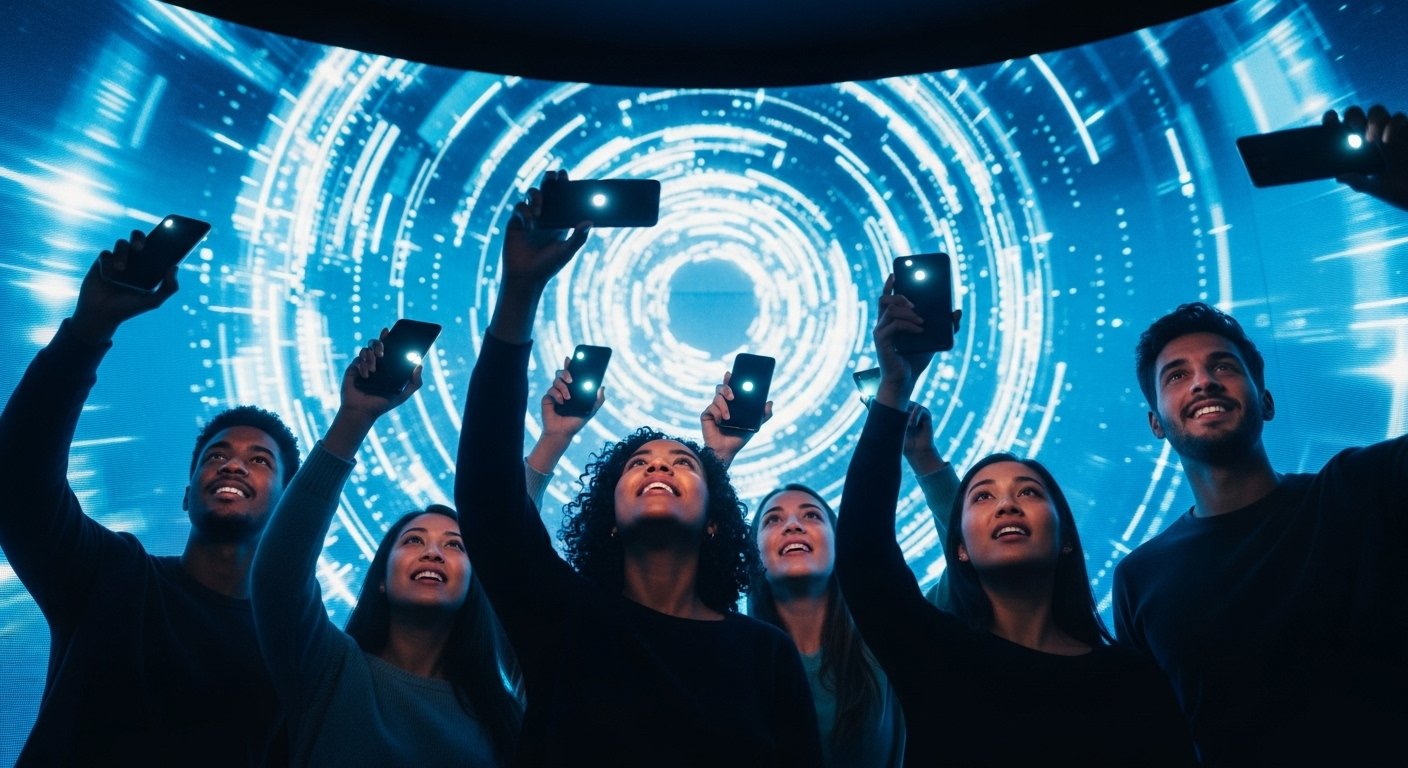Holographic Storytelling: The Next Frontier in Narrative Art
In a world where technology and art are increasingly intertwined, holographic storytelling emerges as a groundbreaking medium that pushes the boundaries of narrative expression. This innovative approach to storytelling combines cutting-edge holographic technology with traditional narrative techniques, creating immersive experiences that captivate audiences in ways never before possible. As we delve into this exciting new frontier, we'll explore how holographic storytelling is reshaping the landscape of art, entertainment, and communication.

Blending Reality and Fiction
One of the most compelling aspects of holographic storytelling is its ability to blur the lines between reality and fiction. Unlike traditional media, holographic narratives allow viewers to physically interact with three-dimensional characters and environments. This level of immersion creates a sense of presence that can evoke powerful emotional responses and forge deeper connections between the audience and the story being told.
The Technical Marvels Behind the Magic
At the heart of holographic storytelling lies a complex array of technologies working in harmony. High-powered lasers, advanced optics, and sophisticated computer algorithms come together to create lifelike, three-dimensional images that appear to float in mid-air. Recent developments in volumetric display technology have further enhanced the quality and interactivity of holographic narratives, allowing for real-time manipulation of holographic elements.
Pioneering Artists and Their Holographic Creations
As the medium gains traction, a new generation of artists is emerging to explore its potential. Holographic storytellers are pushing the boundaries of what’s possible, creating everything from intimate character studies to sprawling, interactive epics. These pioneers are not only inventing new narrative techniques but also grappling with the philosophical implications of a medium that can make the impossible seem real.
The Impact on Traditional Storytelling Mediums
The rise of holographic storytelling is sending ripples through established narrative industries. Film, theater, and literature are all feeling the influence of this new medium. Some traditionalists view holographic narratives as a threat to conventional storytelling, while others see it as an opportunity for cross-pollination and innovation. As the technology becomes more accessible, we’re likely to see an increasing number of hybrid works that blend holographic elements with traditional narrative forms.
Challenges and Ethical Considerations
While the potential of holographic storytelling is immense, it’s not without its challenges. Technical hurdles, such as the need for specialized viewing environments and the high cost of production, currently limit widespread adoption. There are also ethical considerations to grapple with, particularly regarding the creation of holographic representations of real people, both living and deceased. As the medium evolves, storytellers and technologists will need to navigate these issues carefully.
The Future of Narrative in Three Dimensions
Looking ahead, the future of holographic storytelling appears bright. As technology continues to advance, we can expect to see more sophisticated and accessible holographic narratives. The potential applications extend far beyond entertainment, with educational institutions, museums, and businesses all exploring ways to leverage this immersive medium. As holographic storytelling matures, it has the potential to revolutionize how we share experiences, preserve cultural heritage, and imagine new worlds.
In conclusion, holographic storytelling represents a quantum leap in the art of narrative. By merging cutting-edge technology with age-old storytelling traditions, this emerging medium offers a glimpse into the future of creative expression. As artists and audiences alike continue to explore its possibilities, holographic storytelling stands poised to redefine the boundaries of imagination and reshape the way we experience stories in the 21st century and beyond.





